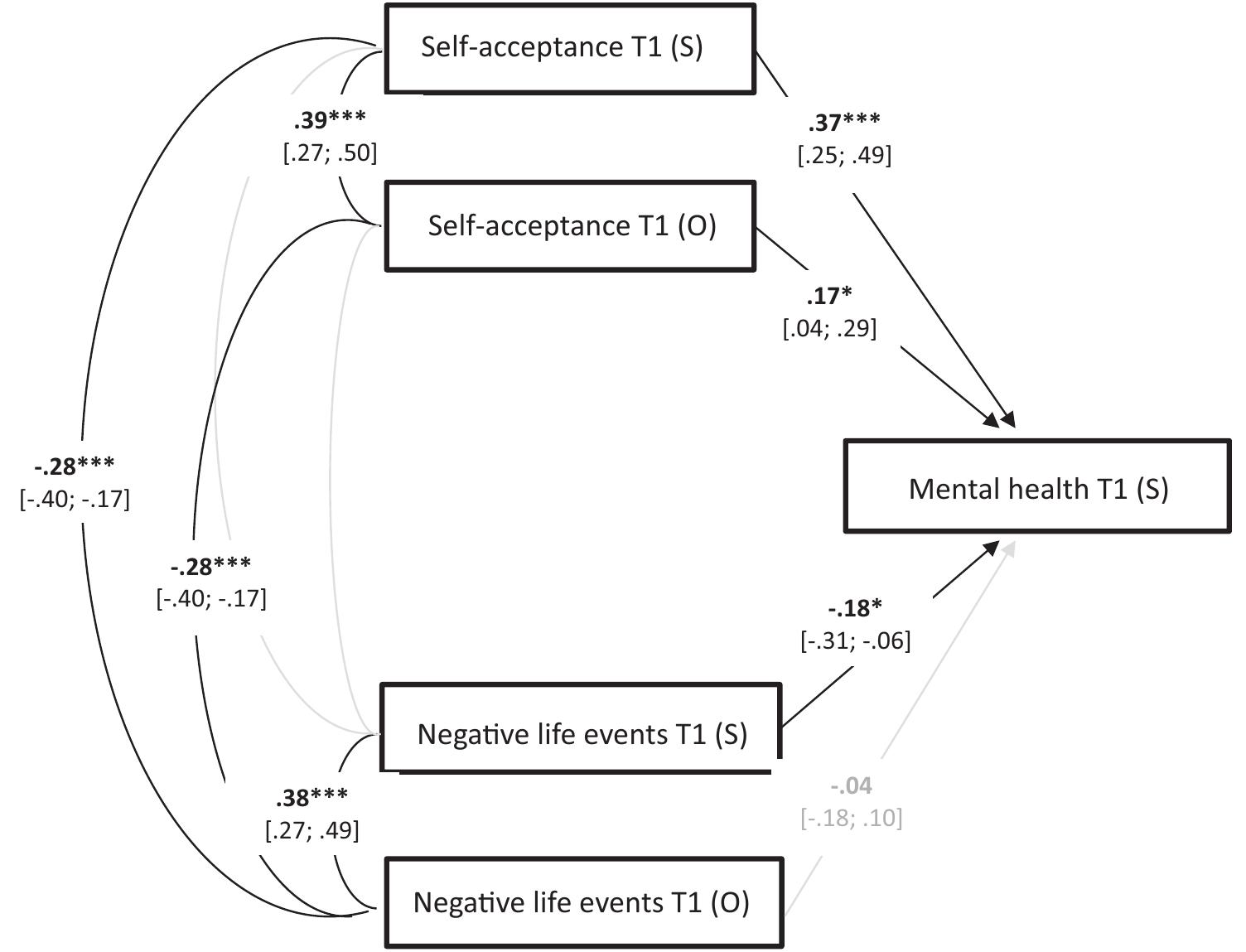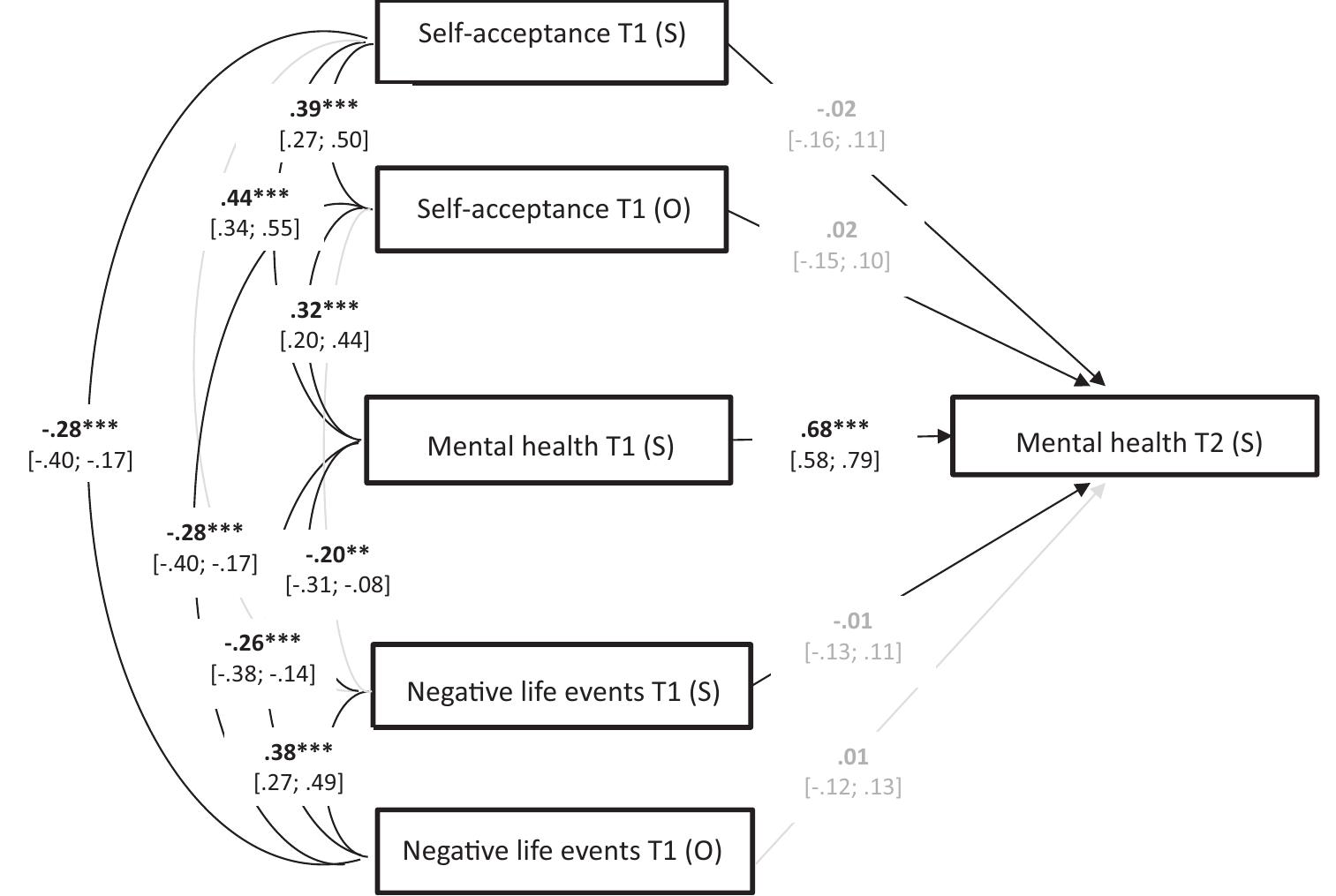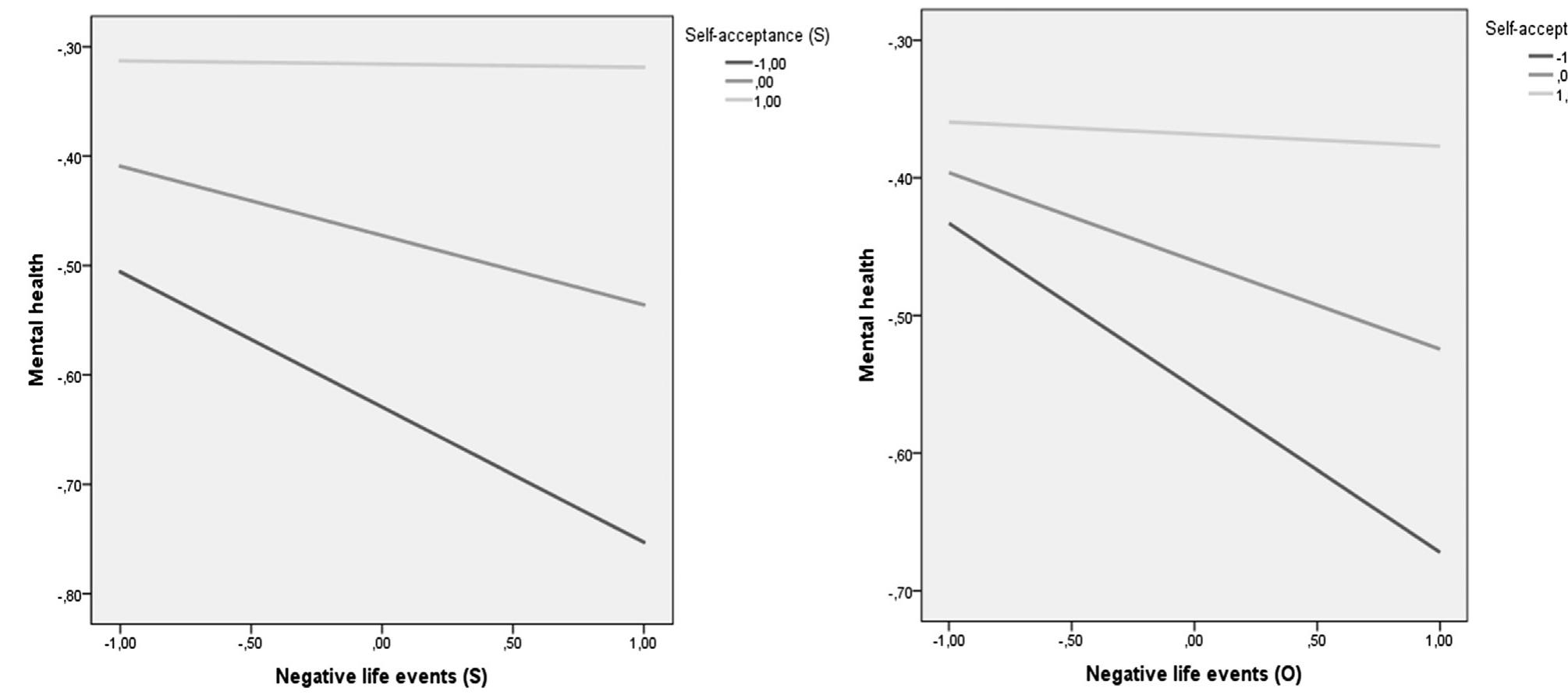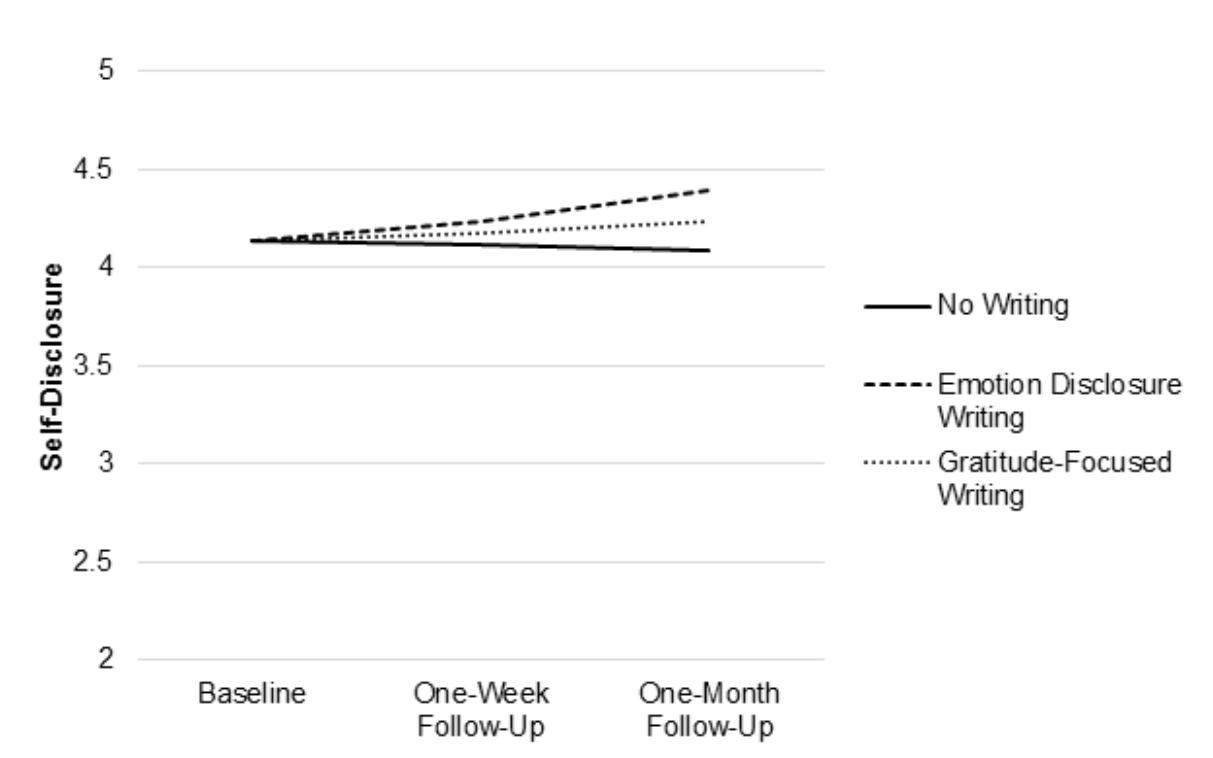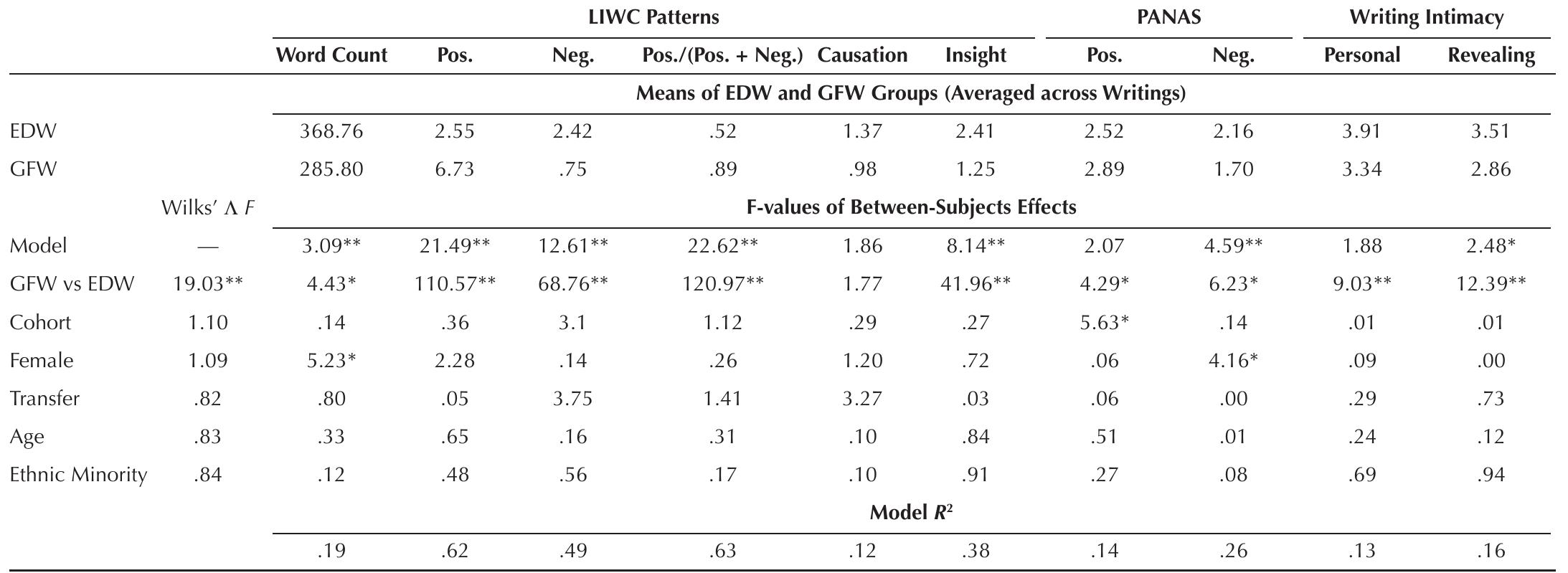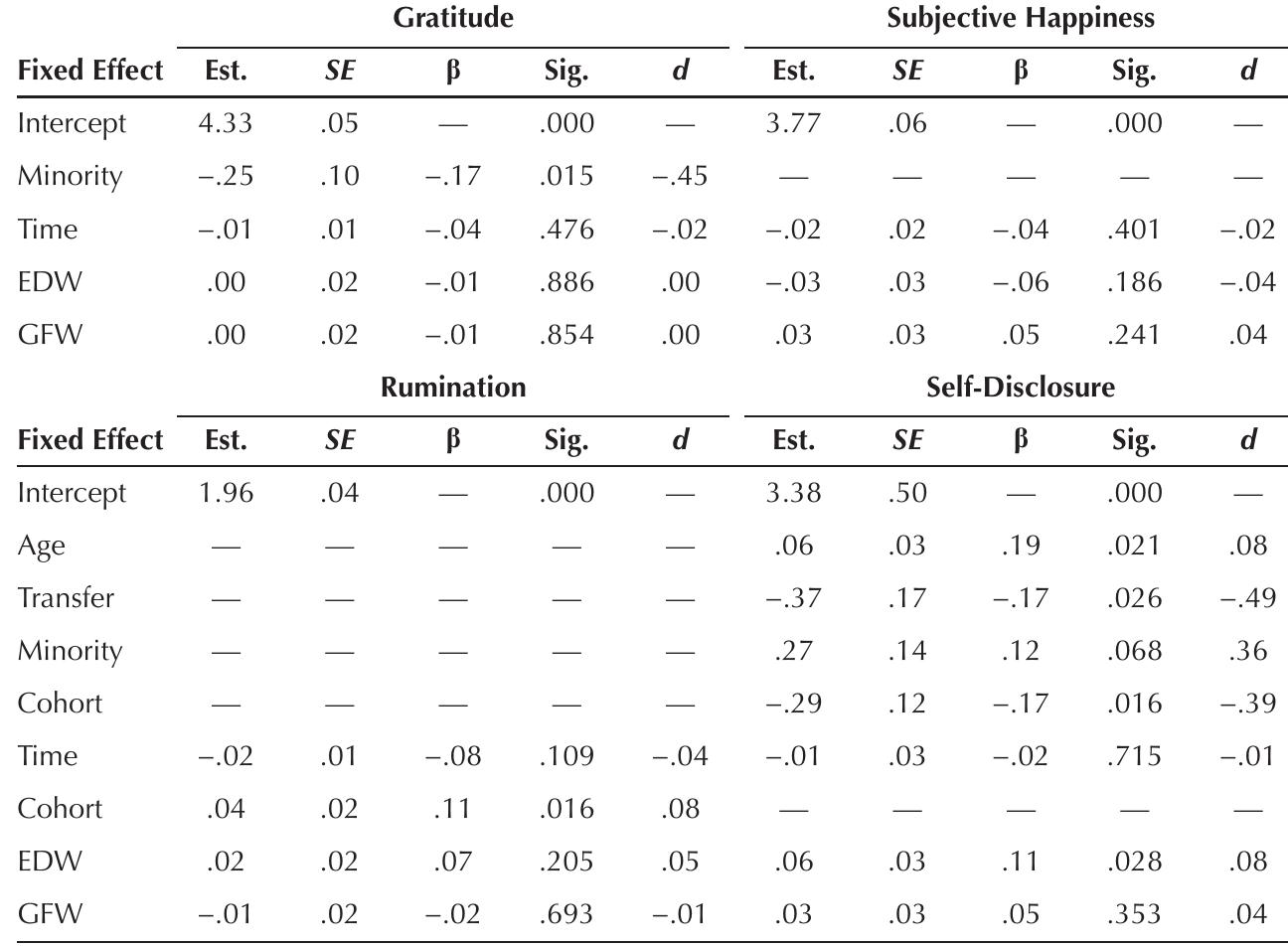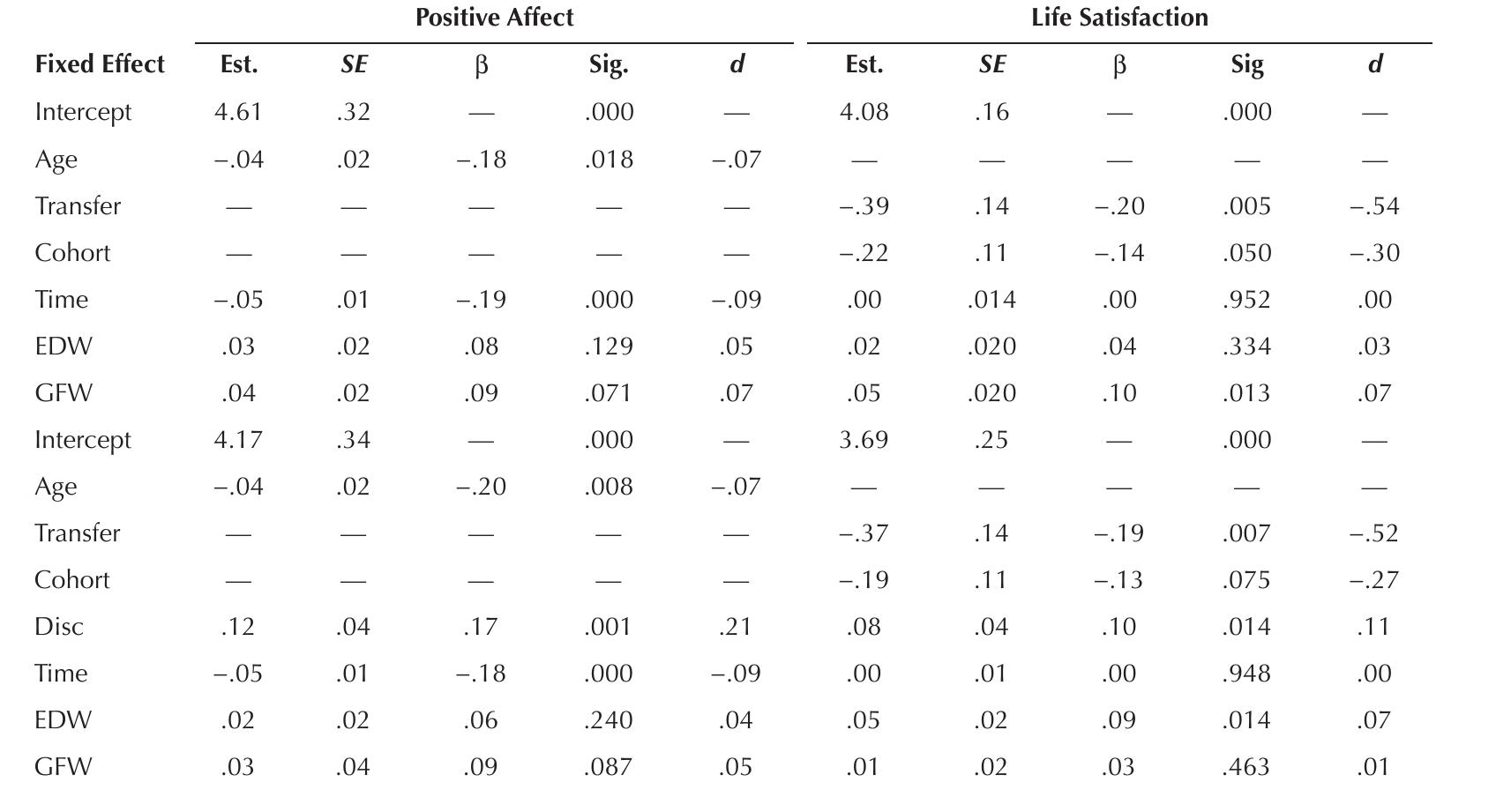Key research themes
1. How can direct collocation methods be effectively utilized and implemented for solving complex trajectory optimization problems in robotics and control?
This research theme focuses on the numerical techniques of trajectory optimization, especially direct collocation methods such as trapezoidal and Hermite–Simpson collocation. These methods transform continuous trajectory optimization into finite-dimensional nonlinear programs that can be solved efficiently. Their accessibility, implementation details, debugging strategies, and ability to handle complex robotic problems (such as bipedal walking and cart-pole swing-up) are critical for advancing practical trajectory planning.
2. How can uncertainty and variability in dynamic trajectories be modeled and integrated into trajectory prediction and planning frameworks, particularly in aviation and autonomous vehicles?
This theme concentrates on modeling and managing uncertainties that arise in trajectory prediction of dynamic agents such as aircraft or vehicles. It includes probabilistic representations of trajectory deviations due to environmental, operational, or system-induced uncertainties, data-driven emulation approaches for capturing spatial-temporal correlations, and adaptive sampling methods to quantify and reduce positional uncertainty. Such modeling is vital for safety-critical applications like air traffic management and advanced driver assistance systems, providing robustness and reliability.
3. What symbolic and data-driven representations can be employed to extract semantic information and perform anomaly detection from raw geometric trajectories in movement analysis?
Research in this theme seeks to convert raw geometric trajectory data into higher-level semantic annotations or symbolic forms to enable advanced querying, interpretation, or anomaly detection. Approaches include symbolic trajectory models that annotate trajectories with meaningful labels or segmentations, machine learning methods (neural networks, autoencoders, neuro-fuzzy systems) for flexible anomaly detection, and mixtures of vector fields modeling trajectories as generated by distinct motion regimes. These methods enhance trajectory data usability in transportation, surveillance, and behavioral analysis.
